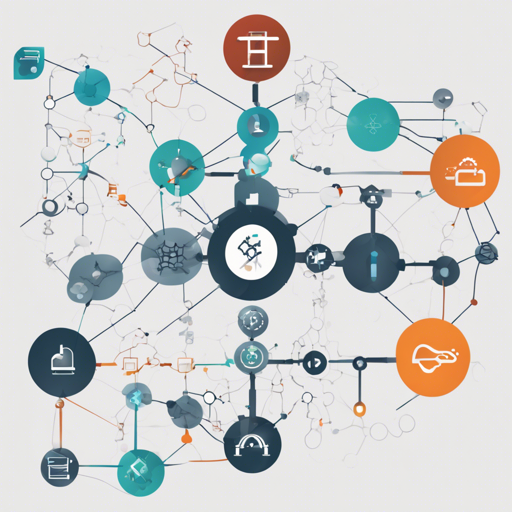In the world of machine learning, the ability to build complex, intuitive pipelines can drastically affect the outcome of your model. If you’ve been looking for a way to construct such pipelines without the noise and clutter of verbose coding, you’re in for a treat with **baikal**. This blog post will guide you through the exciting features of **baikal**, a graph-based functional API designed to help you build intricate scikit-learn pipelines. Let’s dive in!
What is Baikal?
**Baikal** is a versatile tool developed in pure Python, designed for building complex machine learning pipelines using a graph-based, functional API. It is inspired by the user-friendly Keras API and incorporates ideas from the TensorFlow framework as well as the lesser-known graphkit package.
This tool provides the much-needed flexibility to construct non-linear pipelines that accommodate multiple inputs and outputs. The result is clean, readable code that closely reflects the conceptual workflow of your machine learning model.
How to Get Started with Baikal
- Installation: Make sure you have Python 3.5 or above, as **baikal** requires this version.
- Importing Baikal: Import **baikal** following the standard procedures to integrate it into your project.
- Creating a Pipeline: Define inputs and classifiers, akin to setting up a recipe.
Building a Pipeline: An Analogy
Imagine you are the chef of a multifaceted dish at a restaurant. Each ingredient (input) demands precise preparation to contribute uniquely to the final meal (output). Your kitchen tools (classifiers) are lined up systematically. Just like in a traditional kitchen setup where chopping vegetables, marinating meats, and cooking pasta happen simultaneously, **baikal** allows you to mix and match various classifiers, processors, and features to achieve a delightful final dish — your machine learning model. Here’s how the pipeline code reflects this culinary endeavor:
x1 = Input()
x2 = Input()
y_t = Input()
y1 = ExtraTreesClassifier()(x1, y_t)
y2 = RandomForestClassifier()(x2, y_t)
z = PowerTransformer()(x2)
z = PCA()(z)
y3 = LogisticRegression()(z, y_t)
ensemble_features = Stack()([y1, y2, y3])
y = SVC()(ensemble_features, y_t)
model = Model([x1, x2], y, y_t)
Why Choose Baikal?
Unlike traditional approaches, **baikal** eliminates the constraints encountered in the standard scikit-learn pipelines. With its flexibility, you can:
- Build non-linear pipelines with ease.
- Handle multiple inputs and outputs seamlessly.
- Add steps to operate directly on targets within the pipeline.
- Nest pipelines, providing an organized workflow.
- Use predictions as inputs for subsequent steps.
- Debug easily by querying intermediate outputs.
- Freeze steps that do not require fitting.
- Define custom steps with minimal effort.
- Visualize pipelines for better understanding and presentation.
Troubleshooting Tips
If you encounter any issues while working with **baikal**, consider the following troubleshooting strategies:
- Make sure you’re using Python 3.5 or above, as any lower version is incompatible.
- If your pipeline isn’t producing the expected results, revisit the input configuration and ensure that the classifiers are correctly applied.
- Check the version of **baikal** and ensure no backward-incompatible changes have been introduced. Details can be found in this issue tracker.
- Consult the documentation for specific functions and their parameters, available at baikal documentation.
For more insights, updates, or to collaborate on AI development projects, stay connected with fxis.ai.
Conclusion
**Baikal** represents a significant advancement in creating machine learning pipelines. With an intuitive design and robust features, it makes the daunting task of pipeline construction feel like a walk in the park. At fxis.ai, we believe that such advancements are crucial for the future of AI, as they enable more comprehensive and effective solutions. Our team is continually exploring new methodologies to push the envelope in artificial intelligence, ensuring that our clients benefit from the latest technological innovations.

